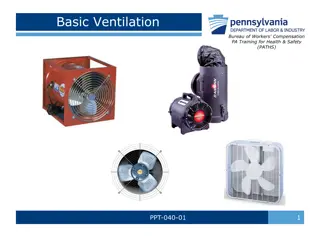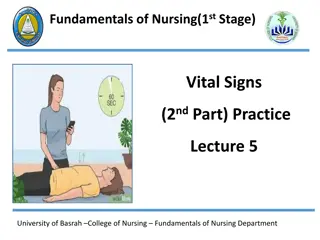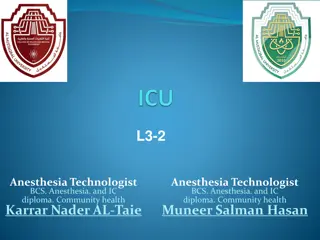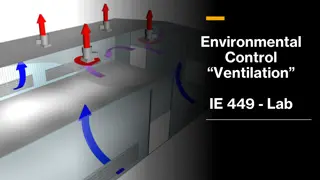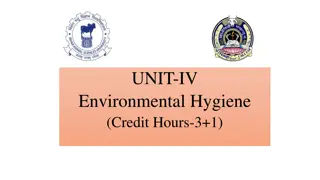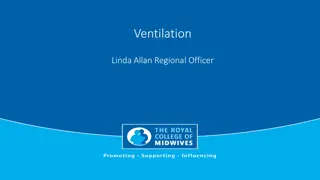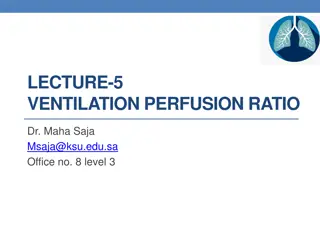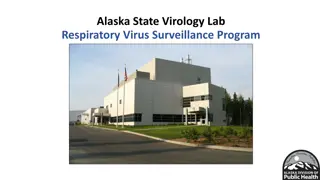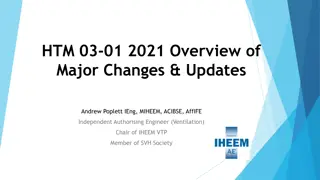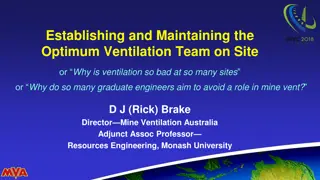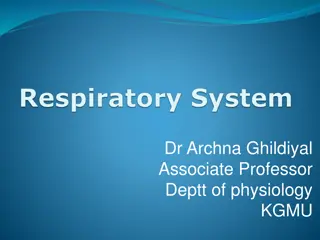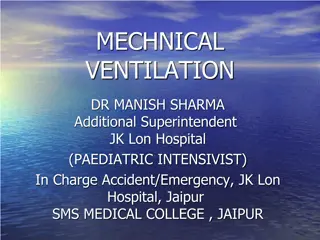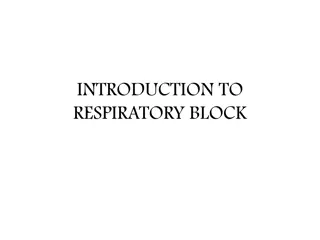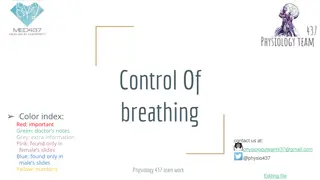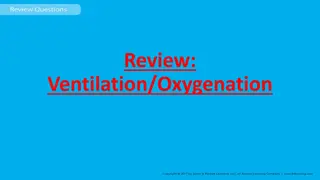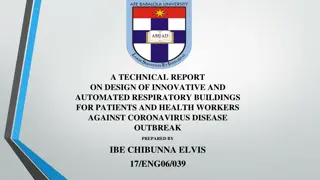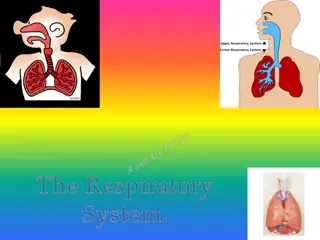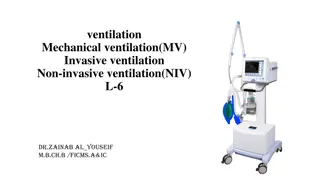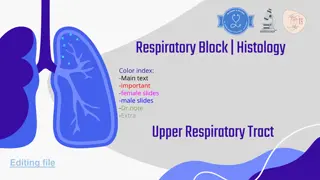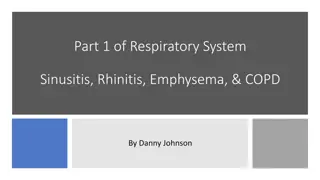Understanding the Respiratory System and Ventilation Lab Activities
Dive into the intricate workings of the respiratory system and explore various lab activities related to ventilation. From studying respiratory cycles to simulating spirometry, understanding muscle functions, exploring gas exchange in tissues, and controlling respiration, this comprehensive guide provides insights into the mechanisms that govern breathing. Learn about lung volumes and capacities, set up Biopac equipment, collect pneumogram data, and conduct different treatments to analyze respiratory responses.
Uploaded on Oct 07, 2024 | 0 Views
Download Presentation

Please find below an Image/Link to download the presentation.
The content on the website is provided AS IS for your information and personal use only. It may not be sold, licensed, or shared on other websites without obtaining consent from the author. Download presentation by click this link. If you encounter any issues during the download, it is possible that the publisher has removed the file from their server.
E N D
Presentation Transcript
The Respiratory System & Ventilation Lab 7
Lab 7 Activities Biopac L08-Respiratory Cycle 1: Pneumography PhysioEx Respiratory System Mechanics (computer simulations of spirometry)
Respiratory System Muscles Muscles of inspiration diaphragm external intercostals Muscles of expiration internal intercostals abdominals
Pulmonary Ventilation: Inspiration + Expiration
CO2& Ph Levels Influence Ventilation Rate Bicarbonate formation driven by the RBC enzyme: carbonic anhydrase CO2+H20 H2CO3- HCO3-+H+
O2and CO2Transport Gas exchange in the tissues
Biopac Spirometry Residual volume
Lung Volumes and Capacities Pulmonary volumes are measured Pulmonary capacities are calculated
Biopac Set up The respiration transducer- channel 1 The temperature transducer- channel 2 Place the respiration transducer over light clothing, around the chest, above the nipples and below the armpits. Make sure during a maximum expiration it is still snug. Take time calibrating as it is sensitive to tension changes.
BioPac Collecting Pneumogram Data Calibration: Expect lots of trial and error positioning the thermistor and pneumograph transducer Treatment 1: normal breathing 15 seconds Treatment 2: hyperventilation 30 seconds followed by normal breathing 30 seconds Treatment 3: hypoventilation 30 seconds followed by normal breathing 30 seconds Treatment 4: cough once followed by reading aloud 30 seconds
BioPac Pneumogram Example Data hyperventilation cough and then read hypoventilation normal breathing Recovery Recovery
BioPac Data Analysis: Measuring Inspiration
BioPac Data Analysis: Measuring Exhalation
BioPac Data Analysis: Measuring Ventilation Repeat these measurements for all the treatments! Use the RECOVERY SECTIONS!
PhysioEx 7: Respiratory System Mechanics Activity 1: Measuring Respiratory Volumes and Calculating Capacities Record data in Table 4 on page 7-12 of lab manual.
PhysioEx 7: Respiratory System Mechanics Activity 2: Comparative Spirometry Record data in Table 5 on page 7-13 in Lab Manual
PhysioEx 7: Respiratory System Mechanics Activity 3: Effect of Surfactant and Intrapleural Pressure on Respiration Record data in Table 6 on page 7-13 in Lab Manual
What you will turn in 1. Pages 7-11 through 7-13. 2. A labeled printout of the pneumogram from Biopac. See page 7-11, question 2 for details on what to label. 3. MasteringAandP activity 7 is due next Friday.
The End Lab 7


